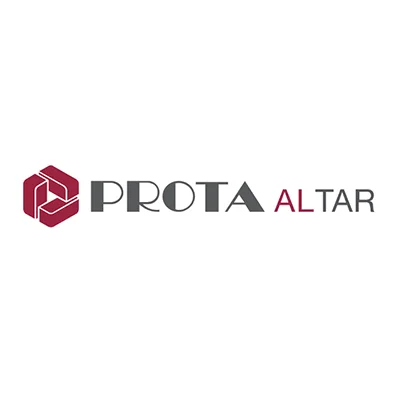The CIPD Annual Conference and Exhibition (ACE) in Manchester highlighted that the era of Learning & Development as a simple support function is over. The next phase for UK L&D leaders is transforming their departments to be a strategic, evidence-based, and indispensable partner to the business.
The buzz on the exhibition floor and the focus of the key streams — from “Workplace AI” to “Skills & Productivity” and “Boost Employee Experience” — all pointed to a profession moving from talking about trends to practically applying them to solve core business problems.
When synthesised with 2025’s key industry research, such as “The Future of L&D Report”, these themes provide a clear roadmap for UK L&D directors.
Being a “Compliance-first” Co-pilot
The “Workplace AI” stream at CIPD ACE confirmed that the debate has moved beyond “friend or foe,” and L&D’s role is to act as the strategic guide for its ethical and effective adoption.
However, for many UK businesses, enthusiasm is curbed by a major risk, especially in regulated sectors. As Tom McDowell of Evolve Learning Design notes in “The Future of L&D Report,” “it’s often large, heavily regulated organisations, particularly in financial services, healthcare, and government sectors, that show the most hesitation… It’s not because they’re anti-innovation. It’s because they’re risk-averse by design.”
For L&D leaders, AI strategy must be “compliance-first.” William Tincup, president of Recruiting Daily, states in the same report, “AI vendors serving L&D will need to become compliance-first operators… The smart players will bake compliance into their AI strategy from day one.”
From ‘Evidence’ to ‘Business Impact’
The “Evidence Lab Live” stage at CIPD ACE focused on “turning evidence into business impact,” a concept foreshadowing the end of measuring “happy sheets” and completion rates.
The theme also echoed in sessions like “Agile by design: Using data and AI to stay ahead of what’s next,” solidifying L&D’s new role in providing measurable, predictive insights.
Here is where AI and analytics converge. AI is the engine that shifts L&D’s focus “from content production to strategic performance enablement.” It provides the “Performance Analytics Dashboards” and “predictive analytics” needed to move the conversation from cost to value. As L&D expert Bo Dury states, “If we can’t measure impact, how do we truly know if our learning efforts are making a difference?”
Personalised, Flexible, and Productive
The CIPD ACE streams, “Skills & Productivity” and “Boost Employee Experience,” are two sides of the same coin. The solution to the UK’s productivity puzzle and the “quiet quitting” phenomenon lies in creating a more engaging, flexible, and supportive work environment.
L&D is central to this. However, as “The Future of L&D Report” highlights, only 29% of employees agree that their company offers relevant learning and development (L&D) solutions. The “one-size-fits-all” approach is failing.
The answer, echoed across industry reports, is “hyper-personalized learning experiences.” This means using “adaptive learning platforms” that tailor content to individual skill gaps.
Elliot Gowans of Access Learning warns, “Waiting too long poses a greater risk. Secure, well-governed AI tools can dramatically improve personalisation, efficiency, and learner engagement. Organisations that act now… will be far better positioned.”
The mandate from CIPD and the 2025 reports is clear. L&D leaders must build a “smart, secure, dynamic eLearning ecosystem.” This system must be compliance-first (to de-risk AI), data-driven (to prove ROI), and adaptive (to deliver personalised skills paths).



















